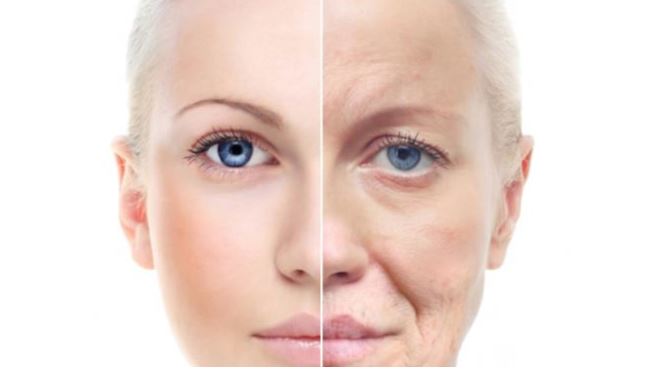
Cosmetic Surgery and the Psychology of Aging
Research shows that cosmetic surgery may help with the changes of aging.
What actually happens to our faces as we age? Each of the tissue types that make up the face goes through its own aging process. This includes the loss of fat in the mid-face, reduction in volume of the bone structures, and the loss of elasticity and strength in the skin. On the outside, these changes manifest as a loss of cheek roundedness, drooping eyebrows, increased wrinkling around the eyes and mouth, sagging neck lines, and the loss of chin definition.
It is therefore not surprising that as people age, their concerns about their appearance increasingly focus on the face. A study (Goodman) of men and women aged 25 to 75 found that younger adults were mostly concerned about the shape and appearance of their bodies while older adults were preoccupied with their facial features, such as their lips, eyes, and cheeks. Many older adults start to feel that their aging faces no longer match their self-identities. They become tired of being told that they “look tired,” even after a full night’s sleep. When they look in the mirror, they see their parents staring back at them. For many people, that can be a tough pill to swallow.
The motivations for individuals undergoing surgery to try to reinstate a youthful appearance are complex. As with most cosmetic surgery, poor body image and decreased self-esteem may play a role. Those with self-worth that is more heavily built on appearance are prone to more aging anxiety.
For women, the physiological signs of aging are sometimes further perceived as symptomatic of the loss of femininity, sexual identity, social power, and social visibility (Featherstone). For men, there can be increased concern about the inability to carry out a “public role,” and lack of competitiveness in the job market (Figueroa). These factors can lead to significant self-dissatisfaction with the aging process for many people.
One of the most commonly performed surgeries for the aging face is a face-lift or neck-lift. The combination of these procedures has been shown to lead to an average decrease in perceived age by 5.7 years (Chauhan et al). Interestingly, adding upper and lower eyelid surgery further reduced the perceived age by another 1.8 years. The changes do not only translate to being viewed as younger but also more attractive, more successful and overall healthier (Nellis et al).
Patients undergoing these procedures report an improved sense of well-being, a decrease in negative feelings about oneself, and overall improved satisfaction with their status in life. Even when looking at individuals who have not had surgery performed, those who are older but “look young for their age” are more likely to be optimistic, more outgoing, and even more social.
Portions of the population consider cosmetic surgery to be vapid and materialistic. On the contrary, with rising awareness about the social penalties of aging, many of these treatments should be viewed as therapeutic. Rejuvenation procedures may enhance the way individuals are perceived by others as well as help restore a degree of self-esteem. While certainly not for everyone, we would like to encourage conversation about any treatment with the potential to have a profound effect on an aging patient’s quality of life.
Leave a reply